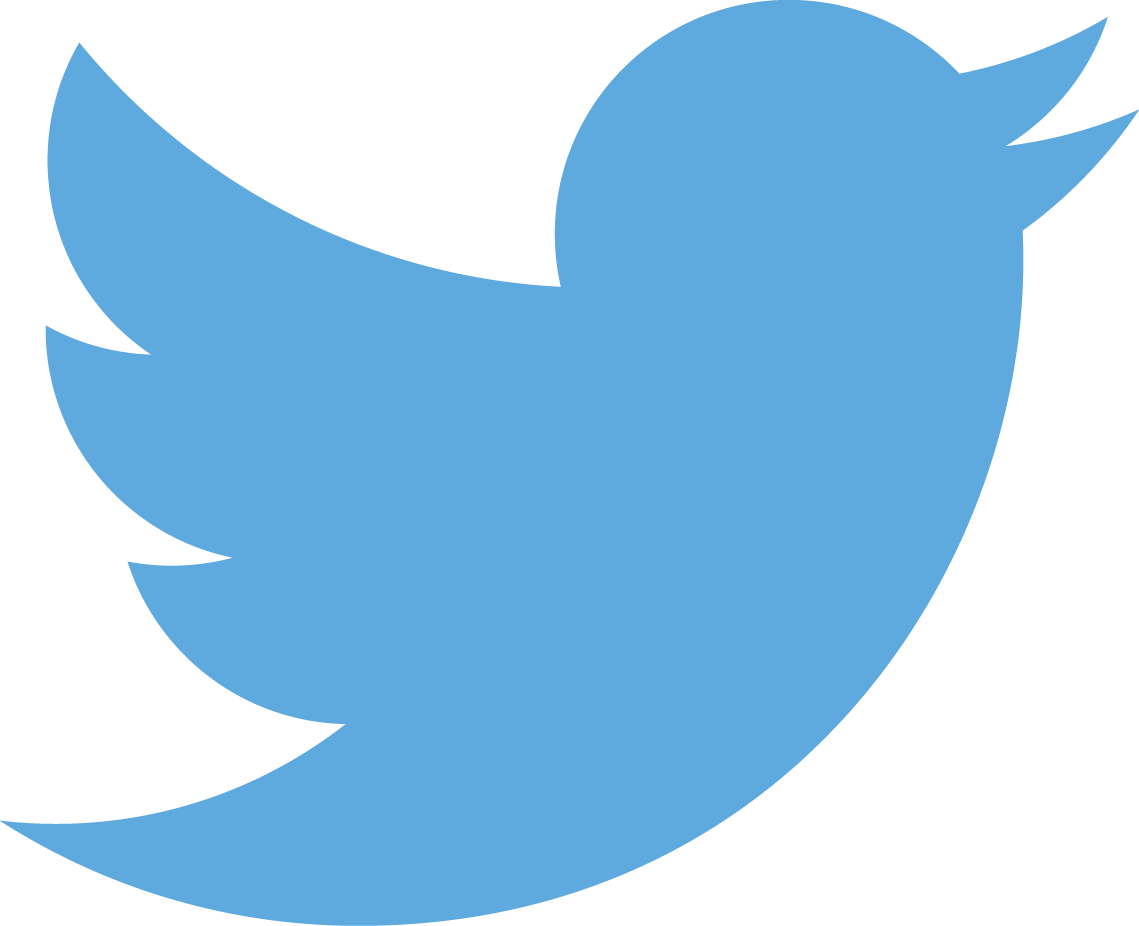No drones in my neighborhood
Americans aren’t in favor of the common Joe and/or Jane flying remote control drones in the urban and suburban neighborhoods where they live or the national parks where they often visit.
According to a new CNN/ORC poll, the number of respondents who are against private citizens flying remote controlled (unmanned) drones in urban and suburban areas is the same at 74% compared to the 25% of respondents who are in favor of remote controlled drones being flown in urban and suburban areas.
Those who are in favor of private citizens flying remote controlled drones in the national parks stands at 63% compared to the 36% who are against it.
Rural (country) areas is the one place where at least 51% of the respondents said they are in favor of remote controlled drones being flown compared to the 48% who are against it.
The question about where unmanned drones can be flown became a hot button issue after a Washington D.C. resident, who is also a government employee, flew his remote controlled drone onto the White House lawn.
Some began to question if unmanned drones are safe considering that one had escaped onto the White House lawn where the security is airtight.
Seeing the concern, the Federal Aviation Administration (FAA) stepped in and announced new rules and regulations governing the flying of unmanned drones.
According to the FAA’s new rules and regulations , a person must be 17 years old or older and obtain an FAA certificate in order to fly an unmanned drone.
A person can obtain an FAA certificate, which must be renewed every two years, after he passes a flight test.
Once a person obtains the FAA certificate, he is allowed to fly the drone in the day time at an altitude that is not higher than 500ft and at a speed that is limited to 100mph.
An unmanned drone cannot be flown “directly” over a person or near private property.
Also, the drone cannot be flown in the same airspace as planes, helicopters, or other aircraft.
And lastly, unmanned drones cannot be used as part of a delivery service to deliver objects to someone.
According to a new CNN/ORC poll, the number of respondents who are against private citizens flying remote controlled (unmanned) drones in urban and suburban areas is the same at 74% compared to the 25% of respondents who are in favor of remote controlled drones being flown in urban and suburban areas.
Those who are in favor of private citizens flying remote controlled drones in the national parks stands at 63% compared to the 36% who are against it.
Rural (country) areas is the one place where at least 51% of the respondents said they are in favor of remote controlled drones being flown compared to the 48% who are against it.
The question about where unmanned drones can be flown became a hot button issue after a Washington D.C. resident, who is also a government employee, flew his remote controlled drone onto the White House lawn.
Some began to question if unmanned drones are safe considering that one had escaped onto the White House lawn where the security is airtight.
Seeing the concern, the Federal Aviation Administration (FAA) stepped in and announced new rules and regulations governing the flying of unmanned drones.
According to the FAA’s new rules and regulations , a person must be 17 years old or older and obtain an FAA certificate in order to fly an unmanned drone.
A person can obtain an FAA certificate, which must be renewed every two years, after he passes a flight test.
Once a person obtains the FAA certificate, he is allowed to fly the drone in the day time at an altitude that is not higher than 500ft and at a speed that is limited to 100mph.
An unmanned drone cannot be flown “directly” over a person or near private property.
Also, the drone cannot be flown in the same airspace as planes, helicopters, or other aircraft.
And lastly, unmanned drones cannot be used as part of a delivery service to deliver objects to someone.
comments powered by Disqus
